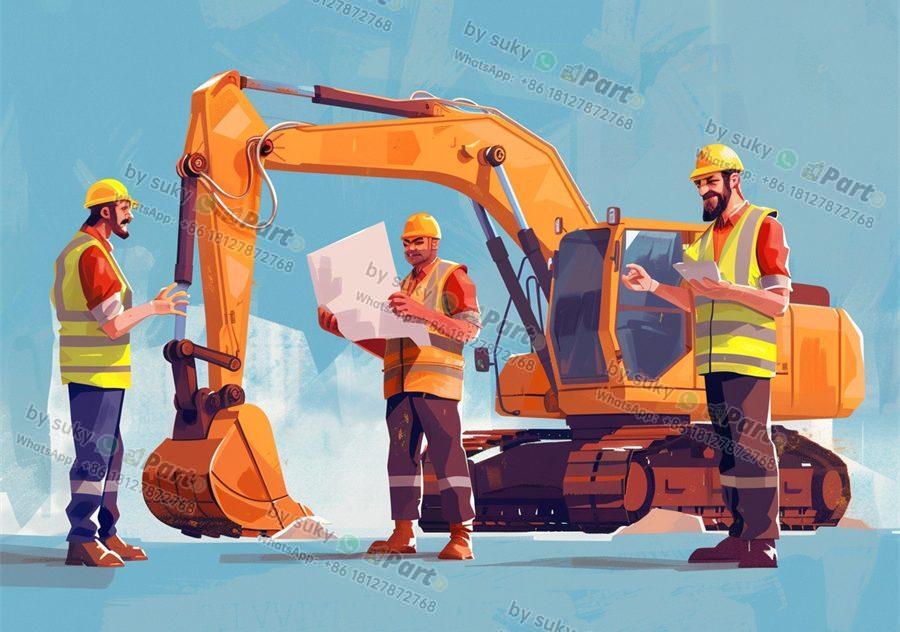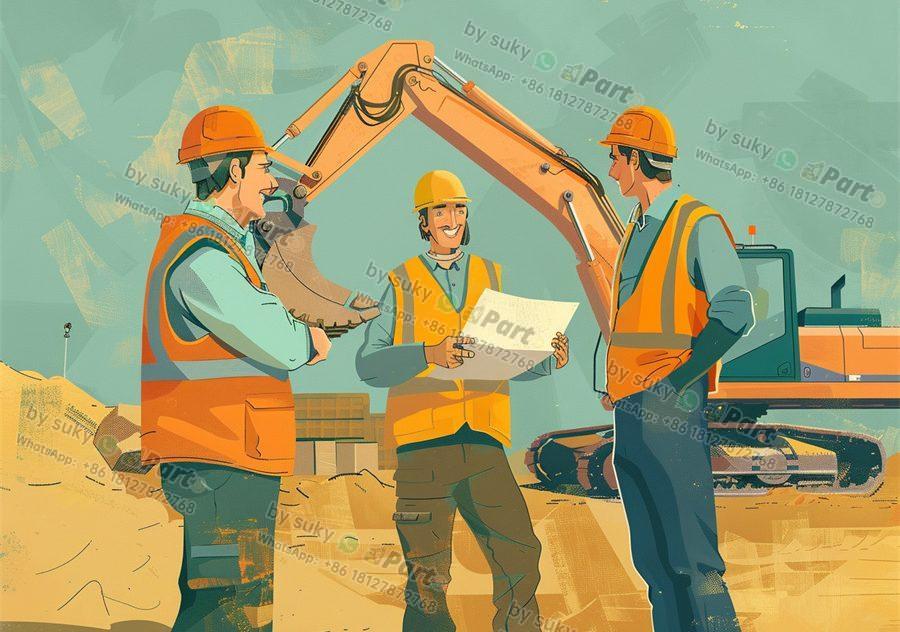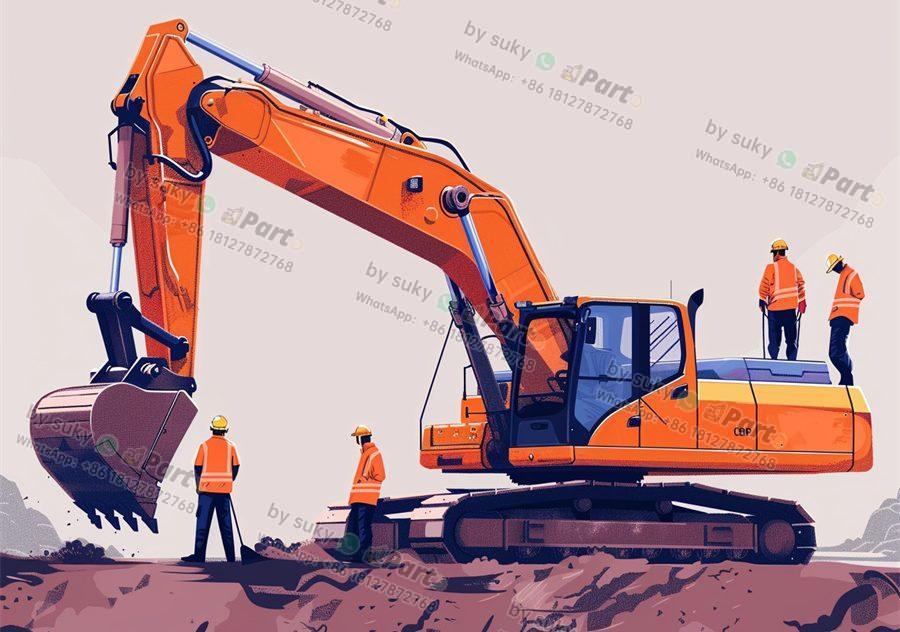Top Tips for Extending the Lifespan of Hydraulic Components in Construction Equipment
Hydraulic components play a crucial role in the operation of construction equipment, and ensuring their longevity is essential for the smooth functioning of machinery. Importers and distributors of construction vehicle parts can benefit greatly from following these top tips for extending the lifespan of hydraulic components.
Regular Maintenance and Inspections
One of the most important steps in prolonging the lifespan of hydraulic components is to conduct regular maintenance and inspections. This includes checking for leaks, monitoring fluid levels, and replacing filters as needed. By proactively addressing any issues, importers and distributors can prevent costly breakdowns and extend the overall lifespan of the components.
Use High-Quality Fluids and Filters
Using high-quality hydraulic fluids and filters is essential for the proper functioning of hydraulic components. These fluids help to lubricate moving parts, reduce wear and tear, and prevent overheating. By investing in premium fluids and filters, importers and distributors can significantly extend the lifespan of hydraulic components and minimize the risk of premature failure.
Train Operators on Proper Usage
Proper operator training is key to prolonging the lifespan of hydraulic components in construction equipment. Operators should be educated on the correct operating procedures, including how to avoid overloading equipment, using attachments properly, and maintaining the correct fluid levels. By ensuring that operators are knowledgeable about best practices, importers and distributors can prevent unnecessary wear and tear on hydraulic components.
Implement Preventative Maintenance Programs
Implementing preventative maintenance programs can help importers and distributors stay ahead of potential issues with hydraulic components. By scheduling regular maintenance checks, conducting fluid analysis, and keeping detailed records of repairs and replacements, companies can identify and address any problems early on. This proactive approach can help to prevent costly repairs and extend the overall lifespan of hydraulic components in construction equipment.
In conclusion, by following these top tips for extending the lifespan of hydraulic components in construction equipment, importers and distributors can ensure the longevity and efficiency of their machinery. Regular maintenance, the use of high-quality fluids and filters, proper operator training, and preventative maintenance programs are all essential in maximizing the lifespan of hydraulic components. By prioritizing the care and maintenance of these crucial parts, companies can minimize downtime, reduce repair costs, and improve overall productivity.
366-9312 3669312 Pressure Sensor for Caterpillar CAT 320D 323D 324D 329D 330D
366-9313 3669313 Sensor Harness For Caterpillar 336D 345C 312D 320D 324D








